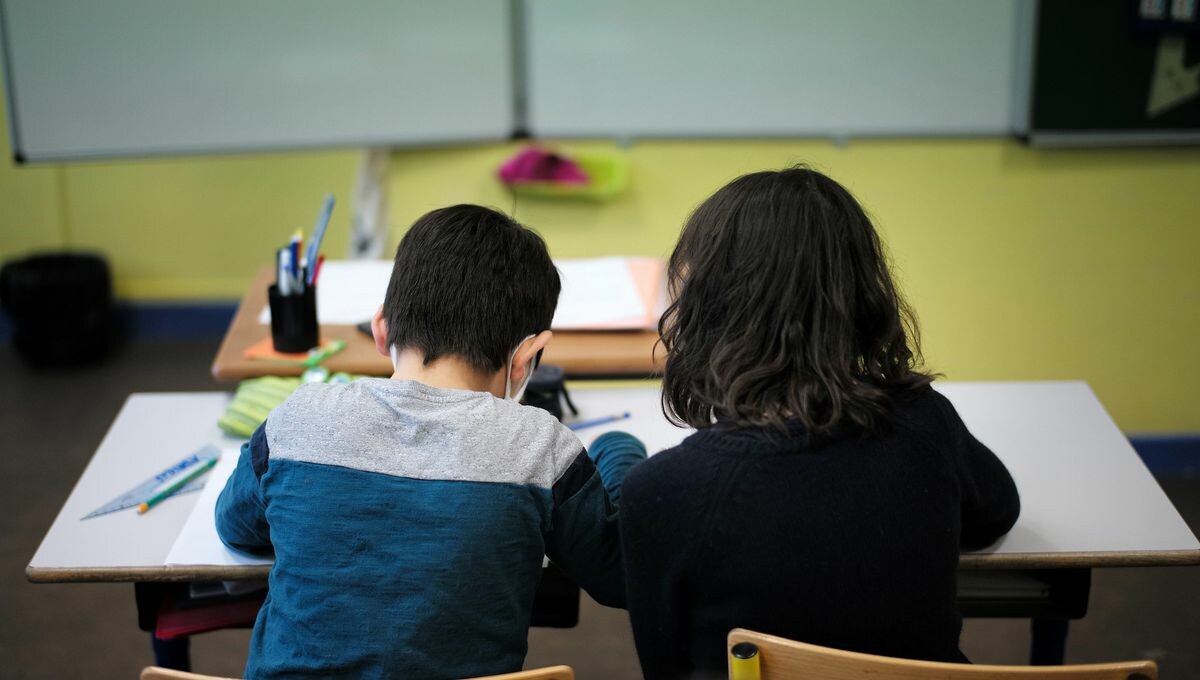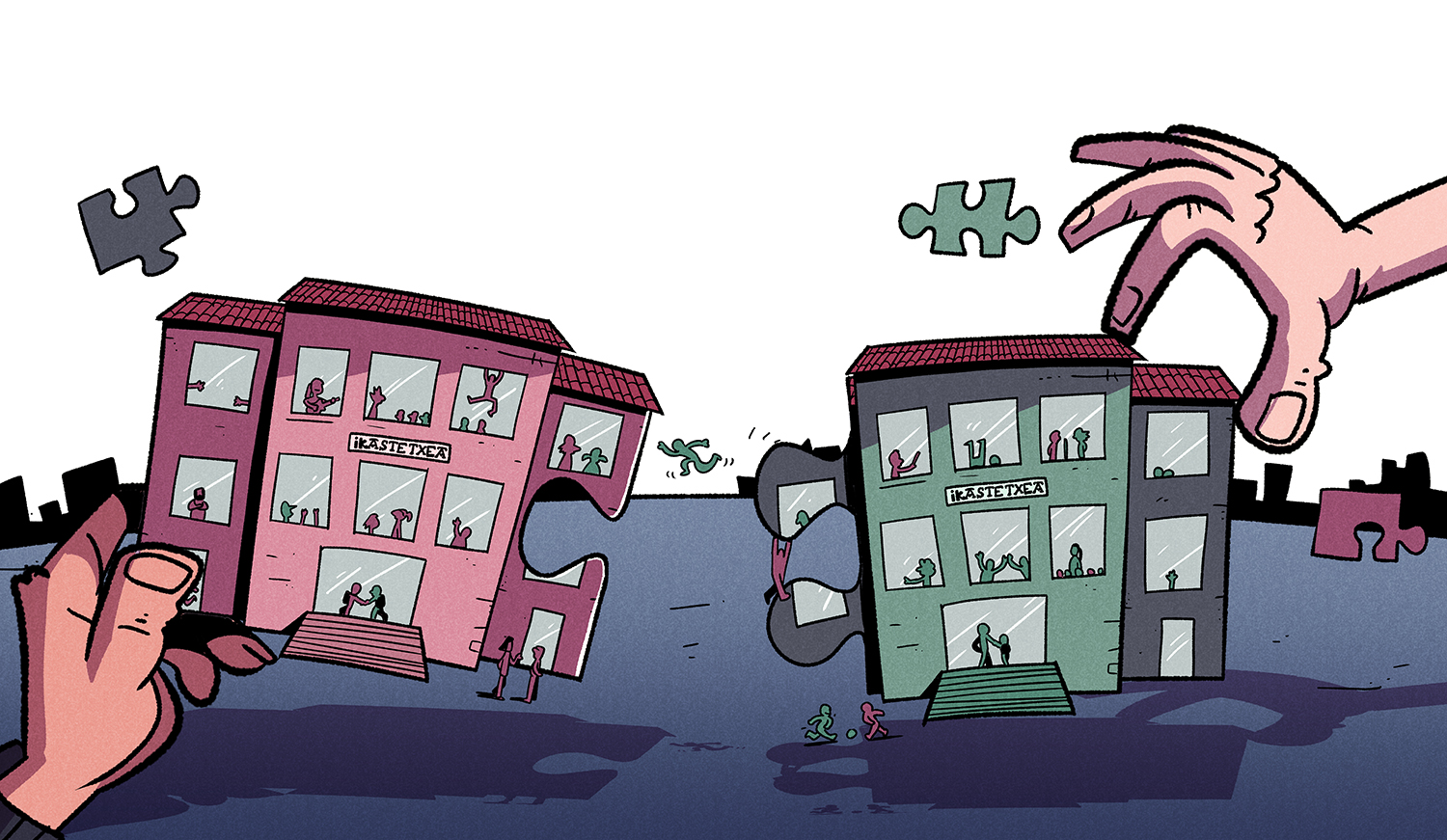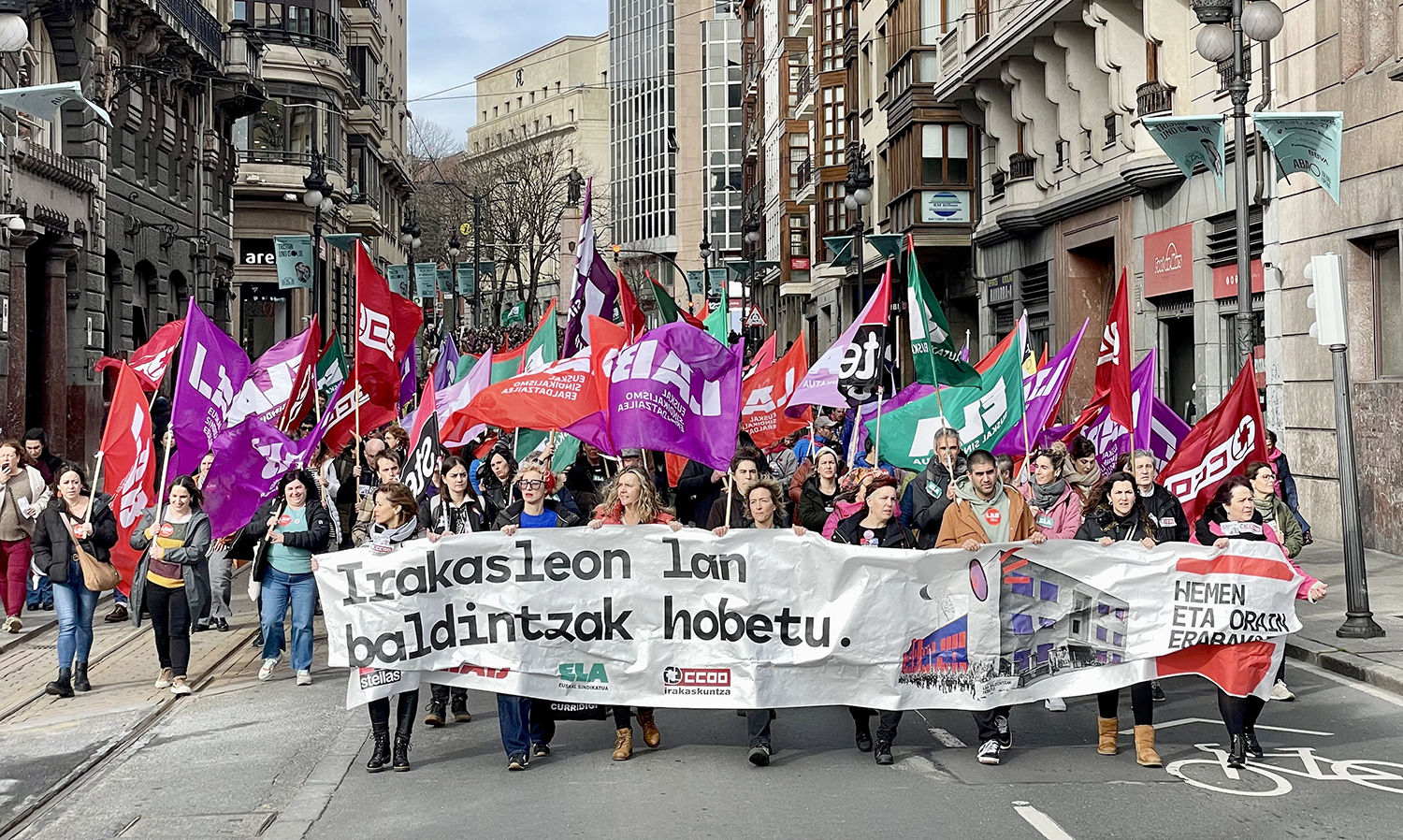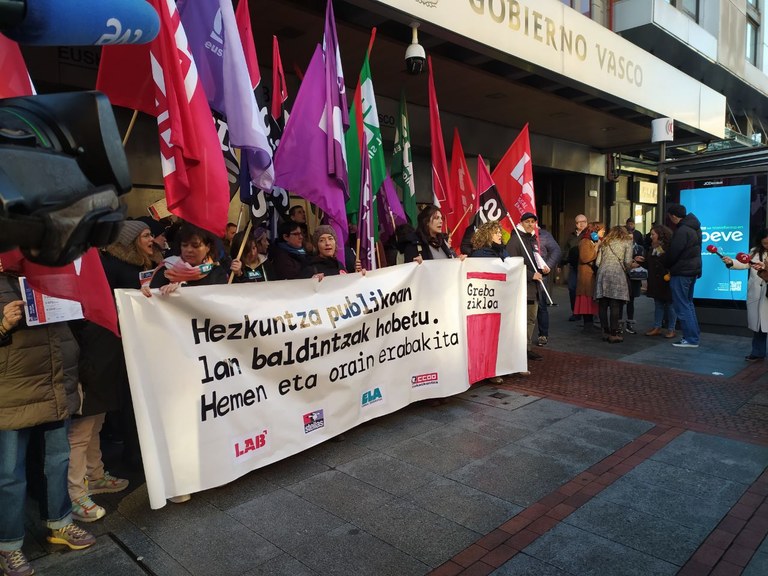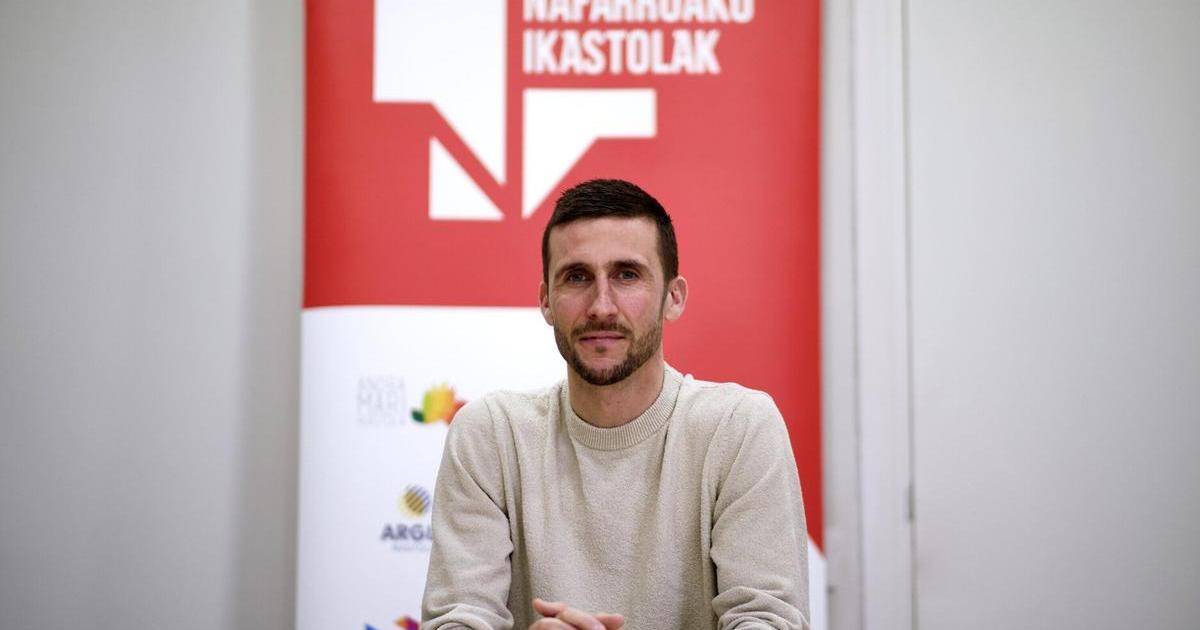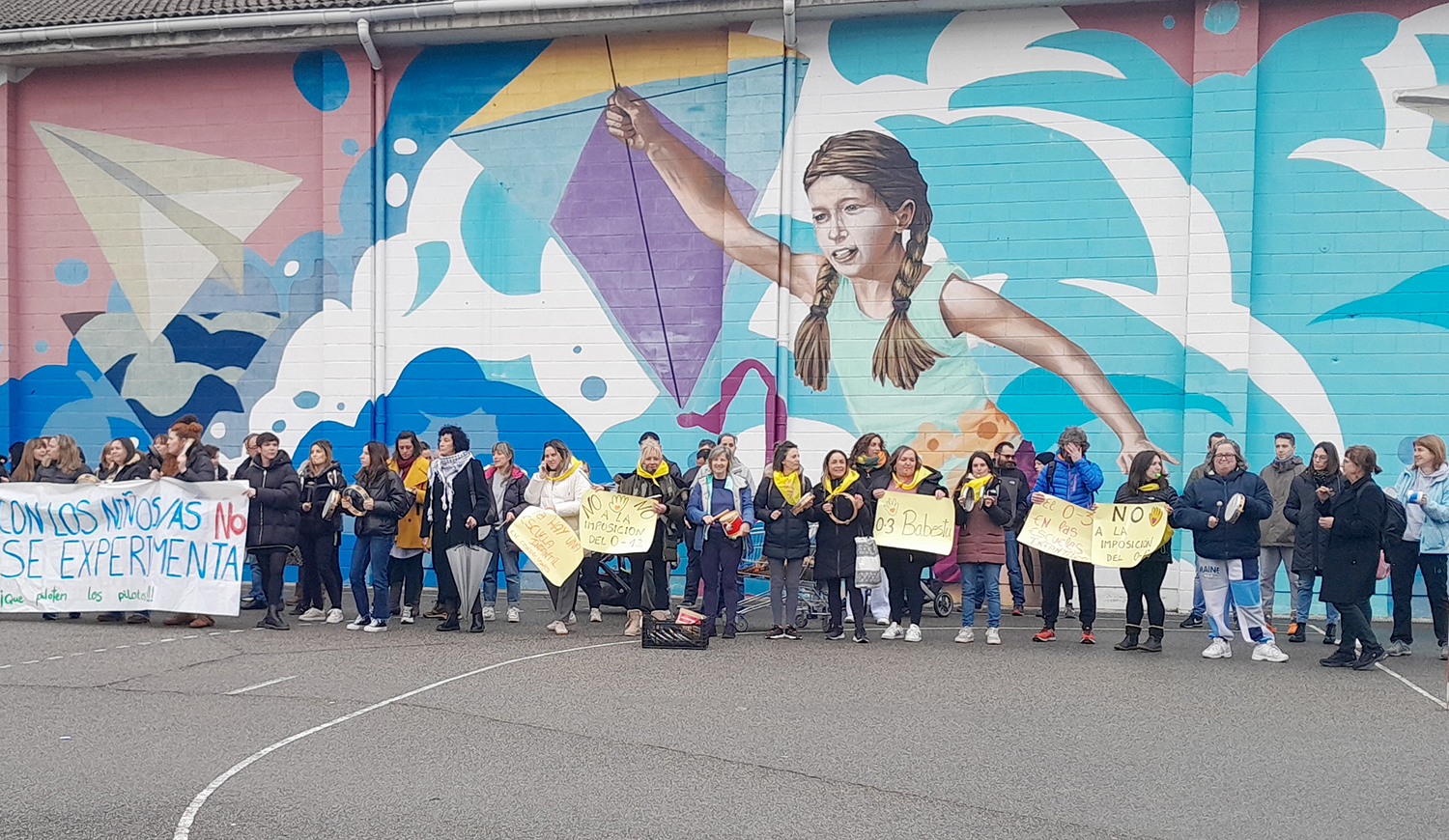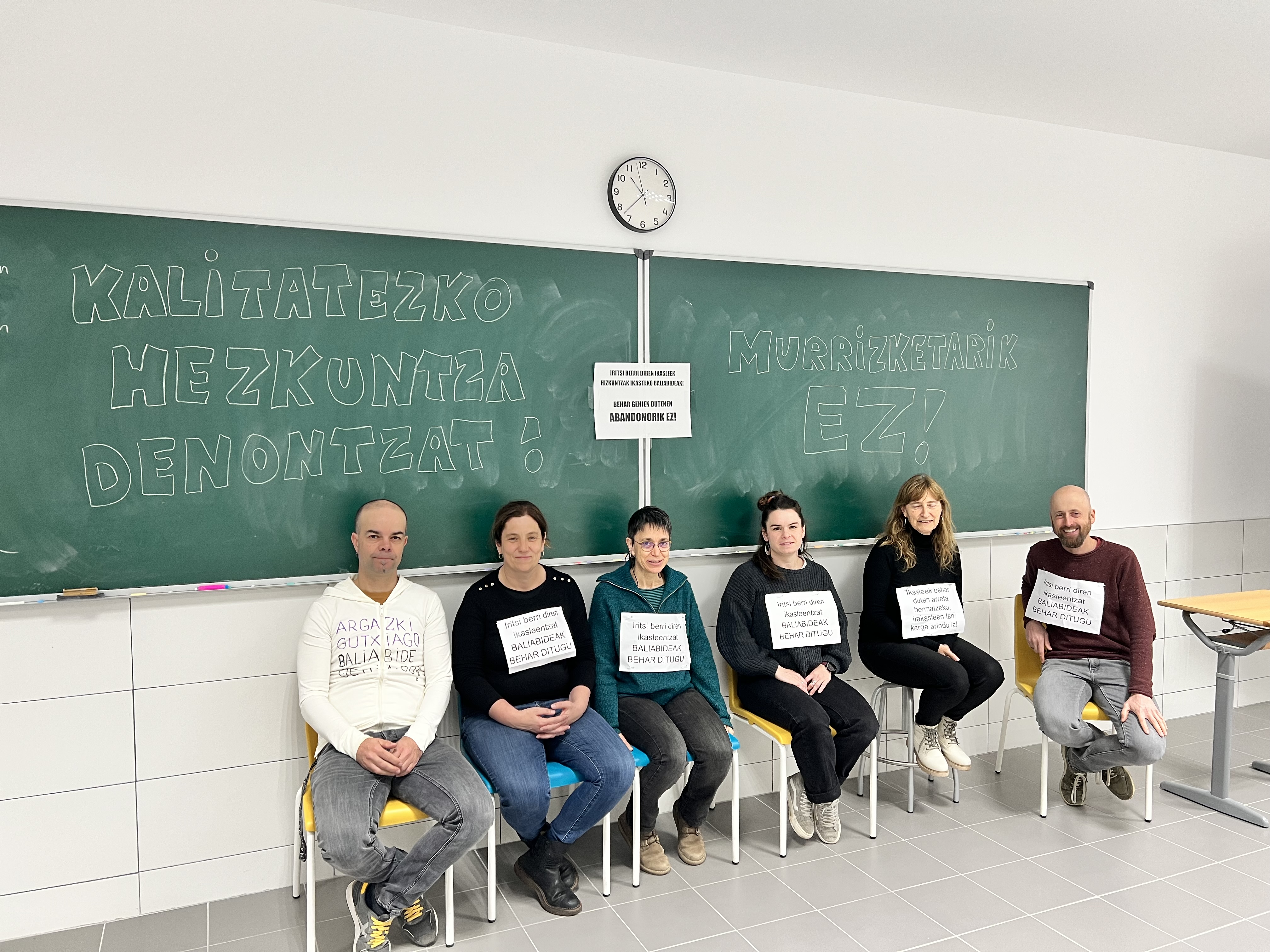The success of well-being
- At the Oriarte Institute of Lasarte-Oria they had positive results two years after the implementation of the Welfare project. They have managed to keep students who tended to stay out of school. Key: turn the school into a safe environment for students.
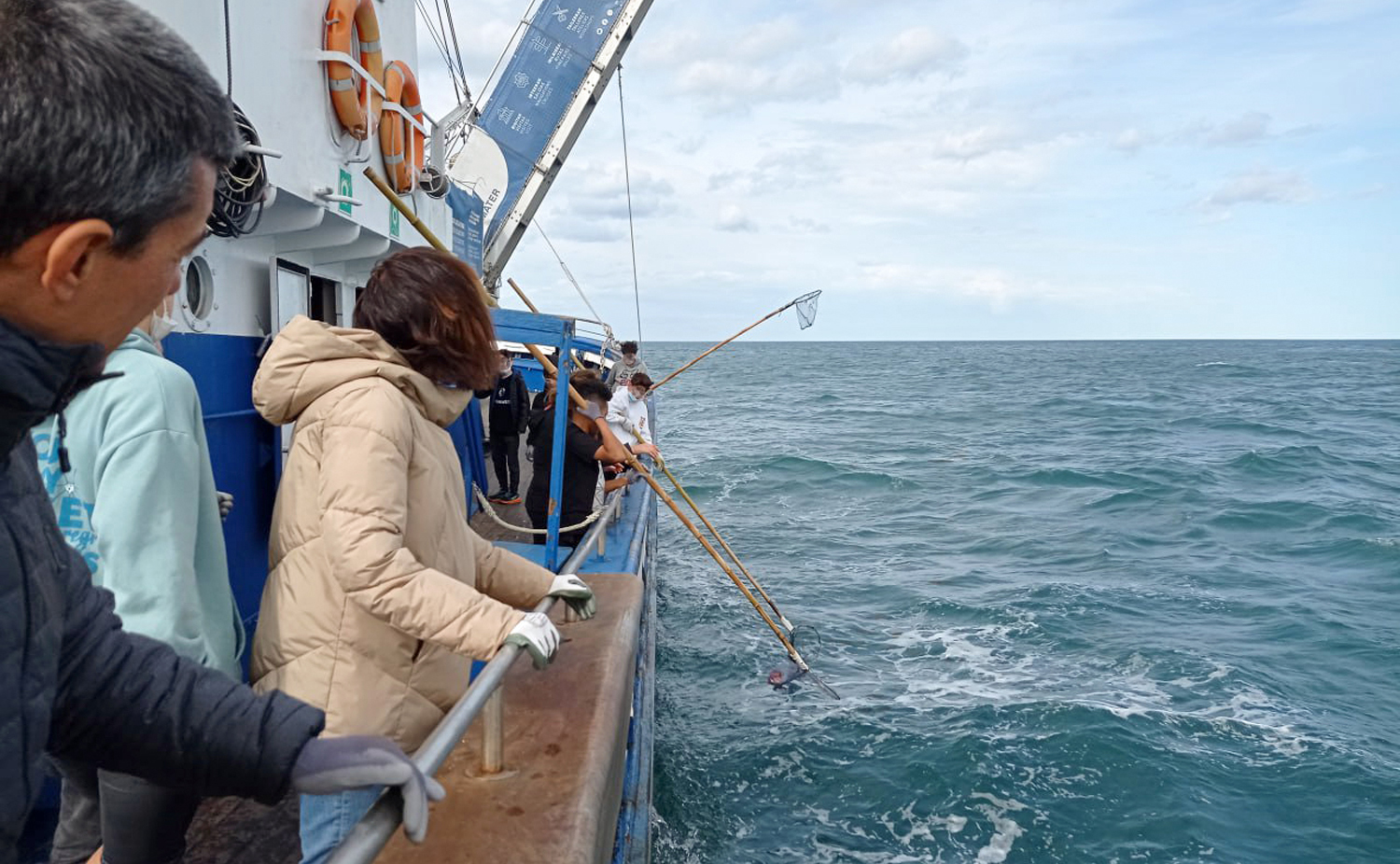
The fact that the student does not work does not have to be a disillusionment or incompetence, and the education workers are aware of it: “If emotionally the basic needs of the student are not met, it will be very difficult to aim for studies”.
It is the second course since the Welfare project is underway at the Oriarte Institute of Lasarte. It has focused on students who have seen no motivation to learn and need psychological support, seeing that the methodology of ordinary classrooms does not favor them.
This year, for example, a group of ten pupils participated. The first three hours are held in the ordinary classroom with a second support teacher. In the last three hours, the ten meet in the Welfare Classroom and work on projects. There are always two teachers who ensure close monitoring of each student.
Maria Luisa Garmendia is the project coordinator. It stresses the importance of the school being a safe environment for students, audited, understood and assisted. Garmendia explains that in many cases extra-curricular spaces are lacking.
The first job of the day on many occasions is the reception. “We would like to ask all students how they are, but we understand that some need more. Upon receiving, we first try to turn around the bad days and then get to work. And gradually, they're learning to look at studies even though they're emotionally low. You see that life is like this.”
These students who feel “out of place” in the Out of Place Classroom go to absenteeism. Diego López, deputy director of the Oriarte Institute, explains that they have always looked
at the students of this profile. However, neither he nor Garmendia have any doubts: after the pandemic the mental health of young people has worsened. The “very harsh” situations experienced by many and isolation have influenced.
The Lasarte Institute saw the need to respond to this, at the same time as the proposal of collaboration of the Department of Education was received. The pilot test was launched in 2021-2022. At the moment, only Oriarte has been set up.
After two courses the team has seen positive results. “These students have been brought to school and seem silly, but it is a very important step. In some cases, after-school life is unstructured, and the institute is the only thing they have structured,” says the deputy director.
Last year there were 11 second-year students, nine of whom went to the 3rd grade diversification room. Considering that the most common thing is for these students to leave compulsory education and take other paths, they praise the change: “It is good that they continue for a few more years studying in their village and do not interrupt relationships with older young people. In addition, in the diversification classroom, they are closely monitored and given easier access to the degree”.
Diego López: "These students have been brought to school and it seems silly, but it is a very important step. In some cases, the institute is the only thing they have structured"
They
study practically in the Welfare Classroom. This year they've made fiction stories for radio, they've recorded short films by Lasarte, and their next job is comics. They also carry out projects to work curricular subjects, receiving theoretical classes during the first three hours. They are also dedicated occasionally to the garden.
Oriarte is the only Lasarte institute, with 330 high school students. Diversity is great and with the traditional educational system teachers find it difficult to adapt to the students' needs: “Normally our goal becomes to achieve peace in the classroom,” López acknowledged. He is an English teacher and has entered the direction this year. Now, in contact with the welfare project, he has managed to strengthen the relationship with the students: “In the morning, as soon as we walk through the door we know what mood they come from home with”.
Garmendia has acknowledged that teamwork among teachers is “terrible”. Around the project there are ten workers who meet weekly for follow-up. In general, they are happy working with the new system, but the currency always has two sides: “Students trust us a lot and the relationship is narrowed. Therefore, for better and for worse, our well-being also influences their fluctuations more,” the two teachers said.
They appreciate the resources and support received. They meet weekly with the representative of the Berritzegune de Lasarte and offer advice. The Department of Education carries out a quarterly follow-up. They have received training sessions mainly in socio-emotional skills.
In order to perpetuate the well-being “The Success of Well-being”, Garmendia and López want the entire test project to
be perpetuated for the time being, both in Lasarte and in other localities. But they see it far, given the human resources it requires: “The Department of Education depends on this progress.” However, in the hope that the next course will be held at Lasarte, the school will propose a new group of students to join the project.
They already looked at the students, and this time they seem to have been able to stretch their hand. In the Welfare Classroom, the ten students meet, the teacher asks them to represent their “dream profession”. They have put together in a model a sports club, a videogames shop, a hospital… For Garmendia and López the workforce is special: “These students often think they do not serve at all and find it difficult to look to the future. But we have seen that it is possible to turn it around.”
.jpg)
.jpg)
.jpg)
Seaska Sarean inklusio egoeran dauden 165 ikasleei laguntza bermatzeko hasi dute kanpaina, antolaketa propioa eratuta. Frantziako Hezkuntza Ministerioaren jarrera salatu dute kanpaina aurkezteko prentsaurrekoan, behar bereziak dituzten haurren inklusiorako baliabide... [+]
Hezkuntzari buruzko legediak, Ekonomia Lankidetza eta Garapenerako Erakundearen eta planetako jaun eta jabeen aginduei jarraituz, ikasleek ikasketa etapa bakoitzaren amaieran “irteera-profil” jakin bat izatea bilatzen du. Ez pentsa profila zerbait itxia eta bukatua... [+]
Non daude talka handienak eta zenbateraino dago gertu akordioa, EAEko hezkuntza publikoko irakasleentzat? Greba ziklo luzeari amaiera emateko sukalde lanaren eta gakoen inguruan mintzatu gara, STEILASeko bozeramaile Haizea Arbiderekin. “Grebak bertan behera utziko... [+]
Nolako esperientzia eta ondorioak izan dituzte iraganean bateratu ziren ikastetxeek? Zein berme eskatzen dituzte orain fusio fasean murgilduta daudenek? Bi ikastetxek bat egiteko prozesuan, aintzat hartu beharreko gakoak zein diren aletu ditugu, etorkizunean fusioen politikak... [+]
Astelehen arratsalde-gaueko negoziaketa bilera luzearen ostean aurreakordiorik lortu gabe, EAEko hezkuntza publikoko irakasleak grebara deituak izan dira berriz ere; urtea hasi denetik bosgarren greba eguna izan da asteartekoa. Lanuzteek %75eko jarraipena izan dutela adierazi... [+]
Gure Haurrak ere Badira ekimenak deituta, Israelek azken egunetan Gazan hildako gehienak haurrak direla salatu dute. Gobernuei eta erakundeei Israelekin harreman oro etetea ere exijitu diete, "genozidio honen aurka argi eta tinko" lerratu daitezen.
Hezkuntza Sailarekin hainbat aldiz bildu dira hezkuntzako sindikatuak irakasleen lan baldintzak negoziatzeko. Hitzarmena berritzea, baina, ez dute lortu, eta martxoko eta apirileko bost greba egunetarako deialdia egin diete irakasleei. Lehenengoa astearte honetan izango da.
Nafarroako Ikastolen Elkarteak lehendakari berria du. Oier Sanjurjok hartu dio lekukoa Elena Zabaleta Andresenari. Beste zazpi kide izanen ditu alboan Sanjurjok.
Hezkuntza eredu propioa "ezinbestean" independentziatik etorri behar dela adierazi dute, eta sistema propio hori "publikoa eta komunitarioa" izatea nahi dutela. Ikamak deituta, goizean zehar piketeak egin dituzte Euskal Herriko hainbat hezkuntza zentroetan.
EAJk, EH Bilduk eta PSE-EEk ekimen bat adostu dute Eusko Legebiltzarrean Hezkuntza Sailari eskatzeko Iradi software libreko hezkuntza plataforma hedatzen jarraitzeko. Zenbait ikastetxetan ezarri da Iradi orain arte. Baliabide partekatuak, komunikazio zerbitzuak (e-posta eta... [+]
Oier Sanjurjo Maté hautatu dute Nafarroako Ikastolen Elkarteko lehendakari. Atzo egindako asanbladan erabaki zuten izendapena. "Mugarri garrantzitsua da euskarazko hezkuntzaren etorkizunerako foru erkidegoan", adierazi du Ikastolen Federazioak ohar batean.
Eskolaz kanpoko jardueren eskaintza zabala egiten duten ikastetxeen aldean, beste askok ez du horretarako aukerarik; eta eskola bereko ikasleen artean ere, denek ezin dute ekintzetan parte hartu, baliabide ekonomikoek baldintzatuta. Esku hartzeko dei egin diete instituzioei:... [+]
Haurreskolara beharrean, 0-3 urte bitarteko umea zuzenean ikastetxera bidaltzea, Haur eta Lehen Hezkuntza osoa (12 urtera arte) hartzen dituen zentro berera. Hori da Nafarroako Hezkuntza Sailak Burlatako Hilarion Eslava ikastetxean martxan jarriko duen proiektu pilotua eta... [+]
Institutuko giza baliabideak hobetzeko eskatu dute irakasleek, ikasleei kalitatezko arreta eman ahal izateko. Kartelekin eta pankartekin itxaron diete irakasleek lehendakariari. Jaurlaritzako ordezkariek ikastetxeko zuzendaritzari esan diote ez zutela "horrelakorik... [+]
Ongi etorria eman digu Unai Mendizabalek A eredutik D eredura aldaketa egitea erabaki dugulako Judimendi auzo eskolan. Bidea malkartsua izango dela ere ohartarazi digu Armentia Ikastolako guraso eta Arabako Ikastoletako lehendakariak. Gure esker ona adierazi nahi diogu eman... [+]









